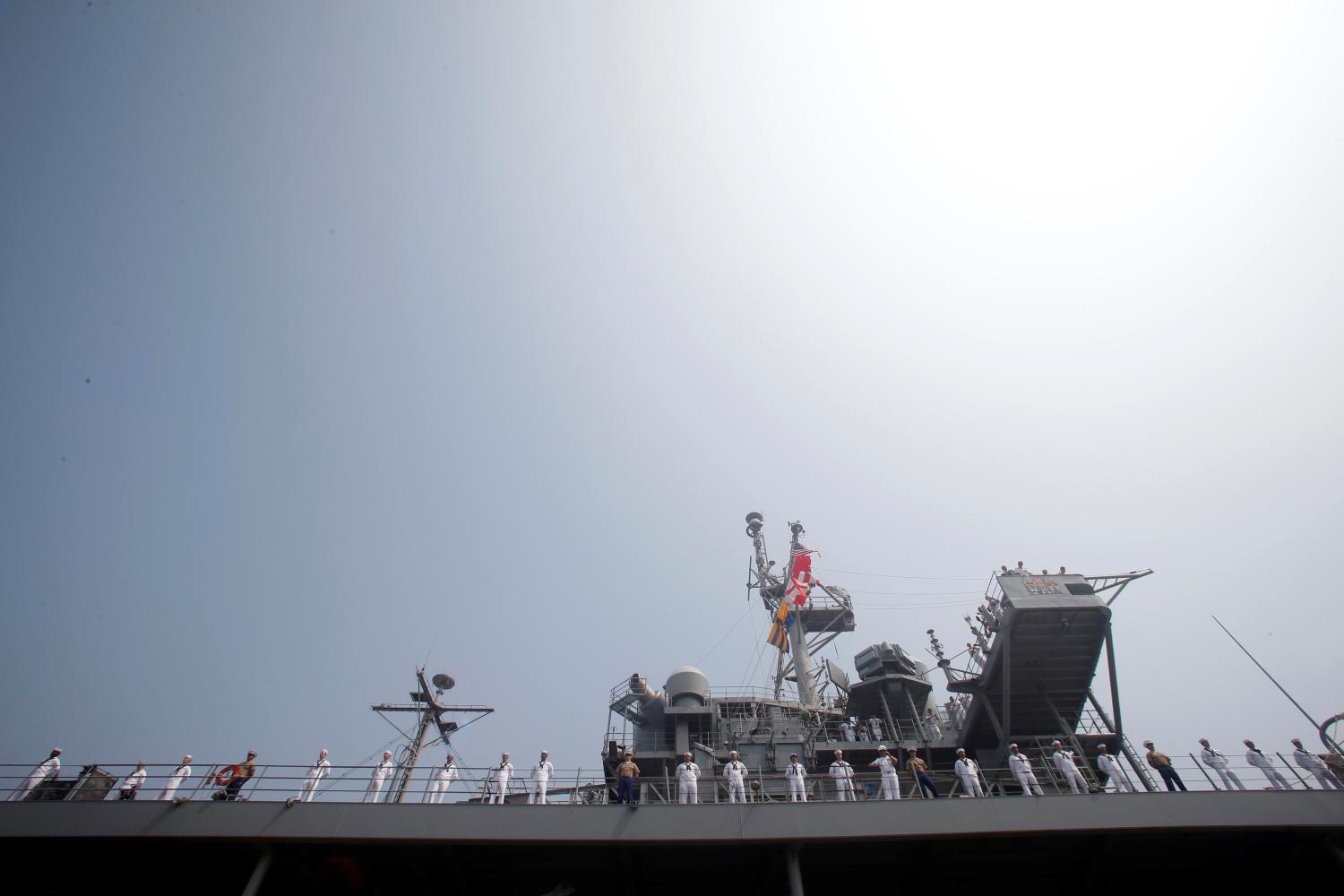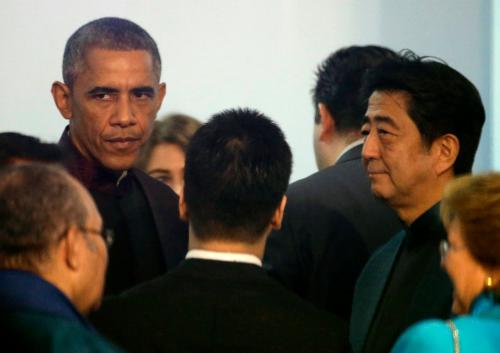The following paper is part of the Brookings Order from Chaos series Alliances & partnerships: U.S. commitments in the Asia-Pacific, in which contributing scholars offer their analyses of the various U.S. alliances and security partnerships, along with the diverse economic, diplomatic, and security challenges that impact those critical commitments.
Alliances have been a critical part of the U.S.-led security order in East Asia since the early post-World War II period. As regional geopolitics evolve and respond to China’s revival as a great power, so too will American alliances and security partnerships. The Brookings Alliances and Security Partnerships series contends that alliances will remain a key element of U.S. national security in defending regional stability.
From an American perspective, U.S. alliances and security partnerships in East Asia remain a force for regional stability and are not an instrument for a Cold War-style containment of China. There will be frictions and contention between China and the United States, and between China and its Asian neighbors. The task will be to manage and contain those problems through a variety of mechanisms: diplomacy, military confidence-building measures, and so on.
Yet used properly, alliances can be a positive force for managing the revival of China as a great power—assuming that Beijing exercises restraint as it projects power outwards. Like a policeman patrolling the neighborhood beat, the continuous U.S. presence in the region—military, diplomatic, and economic—can set benign parameters for the actions of others in the region. An exclusive reliance on coercion will, of course, send very different signals.







